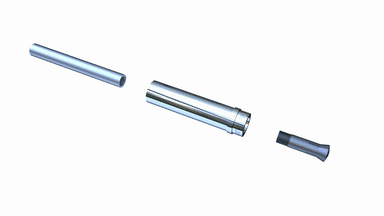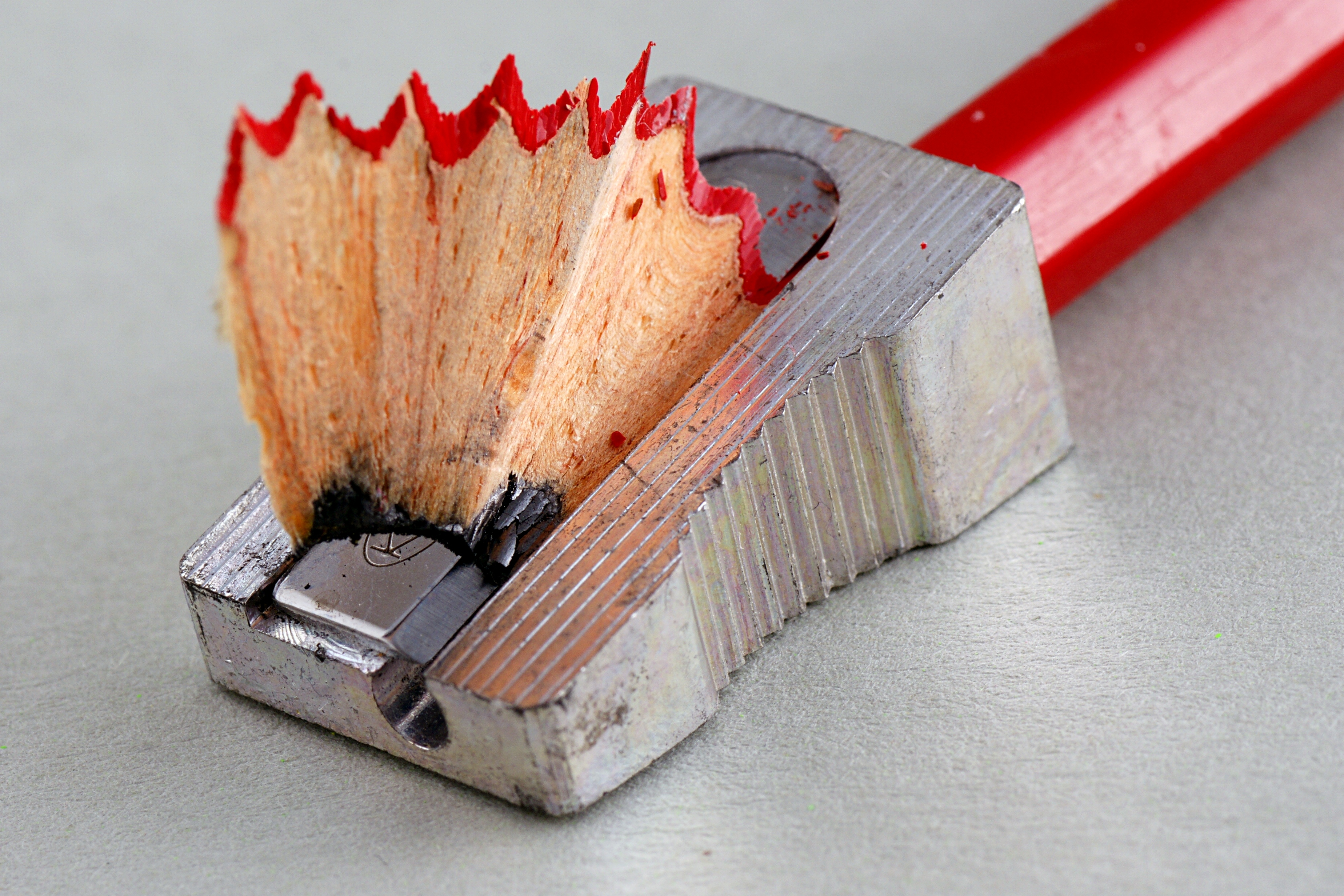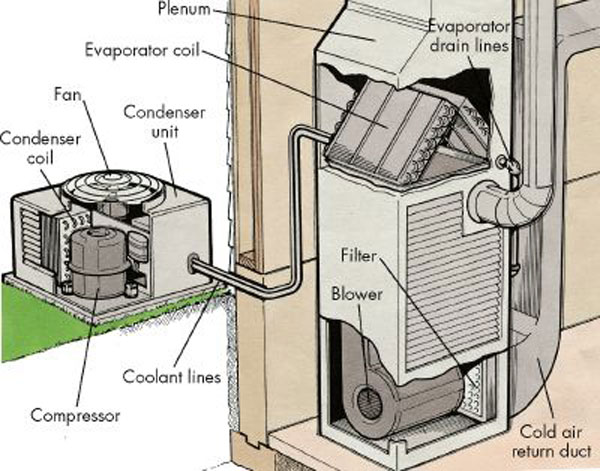|
X-Acto
X-Acto is a brand name for a variety of cutting tools and office products owned by Elmer's Products, Inc. These include hobby and utility knives, saws, carving tools and many small-scale precision knives used for crafts and other applications. An X-Acto knife may be called an Exacto knife, utility knife, precision knife, or hobby knife. History The original knife was invented in the 1930s by Sundel Doniger, a Jewish Polish immigrant to the United States. He started a medical supply company in 1917 producing medical syringes and scalpels with removable blades. This would later be his inspiration for the X-Acto brand of knives. He had planned to sell it to surgeons as a scalpel but it was not acceptable, because it could not be cleaned. His brother-in-law, Daniel Glück (father of poet and 2020 Nobel Prize in Literature laureate Louise Glück), suggested that it might be a good craft tool. In 1930, a house designer asked Doniger if he could create something for him that would ... [...More Info...] [...Related Items...] OR: [Wikipedia] [Google] [Baidu] |
Elmer's Products, Inc
Elmer's Products, Inc. or simply Elmer's, is an American-based company that has a line of adhesive, craft, home repair, and office supply products. It is best known as the manufacturer of Elmer's Glue-All, a popular PVA-based synthetic glue, in addition to other brands including Krazy Glue, ProBond and CraftBond adhesives, and X-Acto cutting tools. Introduced by Borden, it was spun off independently in 1999. The company was acquired in 2003 by Berwind Corporation, a privately held investment firm. On October 5, 2015, Newell Rubbermaid announced a $600 million deal to acquire Elmer's Products. The logo for the brand was based upon "Elmer the Bull", mate of Borden's advertising mascot Elsie the Cow, during the 20th century. Elmer's image continues to be featured in the company logo. History On May 11, 1857, with three employees and one product, Gail Borden founded the company that became Borden, Inc. In 1929, Borden purchased the Casein Company of America, the leadin ... [...More Info...] [...Related Items...] OR: [Wikipedia] [Google] [Baidu] |
Utility Knives
A utility knife is any type of knife used for general manual work purposes.Peterson, Harold L., ''Daggers and Fighting Knives of the Western World'', London: Herbert Jenkins Ltd., , p. 1 Such knives were originally fixed-blade knives with durable cutting edges suitable for rough work such as cutting cordage, cutting/scraping hides, butchering animals, cleaning fish scales, reshaping timber, and other tasks. Craft knives are small utility knives used as precision-oriented tools for finer, more delicate tasks such as carving and papercutting. Today, the term "utility knife" also includes small folding-, retractable- and/or replaceable-blade knives suited for use in the general workplace or in the construction industry. The latter type is sometimes generically called a Stanley knife, after a prominent brand designed by the American tool manufacturing company Stanley Black & Decker. There is also a utility knife for kitchen use, which is sized between a chef's knife and pari ... [...More Info...] [...Related Items...] OR: [Wikipedia] [Google] [Baidu] |
Scalpel
A scalpel or bistoury is a small and extremely sharp bladed instrument used for surgery, anatomical dissection, podiatry and various handicrafts. A lancet is a double-edged scalpel. Scalpel blades are usually made of hardened and tempered steel, stainless steel, or high carbon steel; in addition, titanium, ceramic, diamond and even obsidian knives are not uncommon. For example, when performing surgery under MRI guidance, steel blades are unusable (the blades would be drawn to the magnets and would also cause image artifacts). Historically, the preferred material for surgical scalpels was silver. Scalpel blades are also offered by some manufacturers with a zirconium nitride–coated edge to improve sharpness and edge retention. Others manufacture blades that are polymer-coated to enhance lubricity during a cut. Scalpels may be single-use disposable or re-usable. Re-usable scalpels can have permanently attached blades that can be sharpened or, more commonly, removable ... [...More Info...] [...Related Items...] OR: [Wikipedia] [Google] [Baidu] |
Louise Glück
Louise Elisabeth Glück ( ; April 22, 1943 – October 13, 2023) was an American poet and essayist. She won the 2020 Nobel Prize in Literature, whose judges praised "her unmistakable poetic voice that with austere beauty makes individual existence universal". Her other awards include the Pulitzer Prize, National Humanities Medal, National Book Award, National Book Critics Circle Award, and Bollingen Prize. From 2003 to 2004, she was Poet Laureate of the United States. Glück was born in New York City and raised on Long Island. She began to suffer from anorexia nervosa while in high school and later overcame the illness. She attended Sarah Lawrence College and Columbia University but did not obtain a degree. In addition to being an author, she taught poetry at several academic institutions. Glück is often described as an autobiographical poet; her work is known for its emotional intensity and for frequently drawing on mythology or nature imagery to meditate on personal exper ... [...More Info...] [...Related Items...] OR: [Wikipedia] [Google] [Baidu] |
Collet
A collet is a segmented sleeve, band or ''collar''. One of the two radial surfaces of a collet is usually tapered (i.e a truncated cone) and the other is cylindrical. The term ''collet'' commonly refers to a type of chuck that uses collets to hold either a workpiece or a tool (such as a drill), but collets have other mechanical applications. An external collet is a sleeve with a cylindrical inner surface and a conical outer surface. The collet can be squeezed against a matching taper such that its inner surface contracts to a slightly smaller diameter, squeezing the tool or workpiece to hold it securely. Most often the collet is made of spring steel, with one or more kerf cuts along its length to allow it to expand and contract. This type of collet holds the external surface of the tool or workpiece being clamped. This is the most usual type of collet chuck. An external collet clamps against the internal surface or bore of a hollow cylinder. The collet's taper is int ... [...More Info...] [...Related Items...] OR: [Wikipedia] [Google] [Baidu] |
Guillotine Cutting
Guillotine cutting is the process of producing small rectangular items of fixed dimensions from a given large rectangular sheet, using only guillotine-cuts. A guillotine-cut (also called an edge-to-edge cut) is a straight bisecting line going from one edge of an existing rectangle to the opposite edge, similarly to a paper guillotine. Guillotine cutting is particularly common in the glass industry. Glass sheets are scored along horizontal and vertical lines, and then broken along these lines to obtain smaller panels. It is also useful for cutting steel plates, cutting of wood sheets to make furniture, and cutting of cardboard into boxes. There are various optimization problems related to guillotine cutting, such as: maximize the total area of the produced pieces, or their total value; minimize the amount of waste (unused parts) of the large sheet, or the total number of sheets. They have been studied in combinatorial geometry, operations research and industrial engineering. A r ... [...More Info...] [...Related Items...] OR: [Wikipedia] [Google] [Baidu] |
Pencil Sharpener
A pencil sharpener (or pencil pointer, or in Ireland a parer or topper) is a tool for sharpening a pencil's writing point by shaving away its worn surface. Pencil sharpeners may be operated manually or by an electric motor. It is common for many sharpeners to have a casing around them, which can be removed for emptying the pencil shavings debris into a bin. History Before the development of dedicated pencil sharpeners, a pencil was sharpened by whittling with a knife. The development of pencil sharpeners began in France when a French book from 1822 reported in detail about an invention of Mr. C. A. Boucher (Paris) for the construction of a pencil sharpener. He was working with pantographs and apparently needed a device to precisely sharpen the pencils. The device of Mr. Boucher was technically sensible and functional. His idea was also internationally known and recognized, as shown by corresponding reports in German literature at this time. But Mr. Boucher had not applied a ... [...More Info...] [...Related Items...] OR: [Wikipedia] [Google] [Baidu] |
Paper Cutter
A paper cutter, also known as a paper guillotine or simply a guillotine, is a tool often found in offices and classrooms. It is designed to administer straight cuts to single sheets or large stacks of paper at once. History Paper cutters were developed and patented in 1844 by French inventor Guillaume Massiquot. Later, Milton Bradley patented his own version of the paper cutter in 1879. Since the middle of the 19th century, considerable improvements to the paper cutter have been made by Fomm and Krause of Germany, Furnival in England, and Oswego and Seybold in the United States. Description Paper cutters vary in size, usually from approximately 30 centimeters (11.8 inches) in length on each side for office work to , the length of a sheet of A1 paper. The surface typically has a grid that is either painted or inscribed on the surface. It may also include a ruler across the top. The surface also includes a flat edge against which the user may line up the paper at right angles ... [...More Info...] [...Related Items...] OR: [Wikipedia] [Google] [Baidu] |
Stapler
A stapler is a mechanical device that joins pages of paper or similar material by driving a thin metal staple (fastener), staple through the sheets and folding the ends. Staplers are widely used in government, business, offices, workplaces, homes, and schools. The word "stapler" can actually refer to a number of different devices of varying uses. In addition to joining paper sheets together, staplers can also be used in a surgical setting to join tissue together with surgical staples to close a surgical wound (much in the same way as Surgical suture, sutures). Most staplers are used to join multiple sheets of paper. Paper staplers come in two distinct types: manual and electric. Manual staplers are normally hand-held, although models that are used while set on a desk or other surface are not uncommon. Electric staplers exist in a variety of different designs and models. Their primary operating function is to join large numbers of paper sheets together in rapid succession. Some ... [...More Info...] [...Related Items...] OR: [Wikipedia] [Google] [Baidu] |
Knives
A knife (: knives; from Old Norse 'knife, dirk') is a tool or weapon with a cutting edge or blade, usually attached to a handle or hilt. One of the earliest tools used by humanity, knives appeared at least 2.5 million years ago, as evidenced by the Oldowan tools. Originally made of wood, bone, and stone (such as flint and obsidian), over the centuries, in step with improvements in both metallurgy and manufacturing, knife blades have been made from copper, bronze, iron, steel, ceramic, and titanium. Most modern knives have either fixed or folding blades; blade patterns and styles vary by maker and country of origin. Knives can serve various purposes. Hunters use a hunting knife, soldiers use the combat knife, scouts, campers, and hikers carry a pocketknife; there are kitchen knives for preparing foods (the chef's knife, the paring knife, bread knife, cleaver), table knife ( butter knives and steak knives), weapons (daggers or switchblades), knives for throwing or juggli ... [...More Info...] [...Related Items...] OR: [Wikipedia] [Google] [Baidu] |
Heater
Heating, ventilation, and air conditioning (HVAC ) is the use of various technologies to control the temperature, humidity, and purity of the air in an enclosed space. Its goal is to provide thermal comfort and acceptable indoor air quality. HVAC system design is a subdiscipline of mechanical engineering, based on the principles of thermodynamics, fluid mechanics, and heat transfer. "Refrigeration" is sometimes added to the field's abbreviation as HVAC&R or HVACR, or "ventilation" is dropped, as in HACR (as in the designation of HACR-rated circuit breakers). HVAC is an important part of residential structures such as single family homes, apartment buildings, hotels, and senior living facilities; medium to large industrial and office buildings such as skyscrapers and hospitals; vehicles such as cars, trains, airplanes, ships and submarines; and in marine environments, where safe and healthy building conditions are regulated with respect to temperature and humidity, using fre ... [...More Info...] [...Related Items...] OR: [Wikipedia] [Google] [Baidu] |







